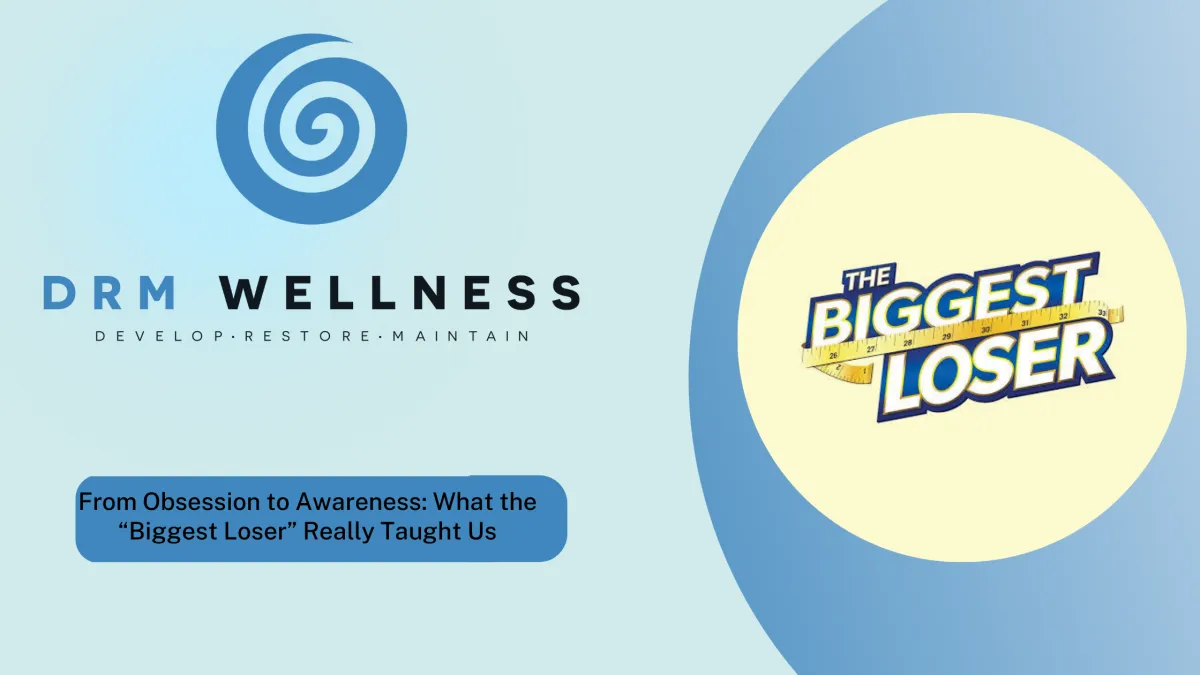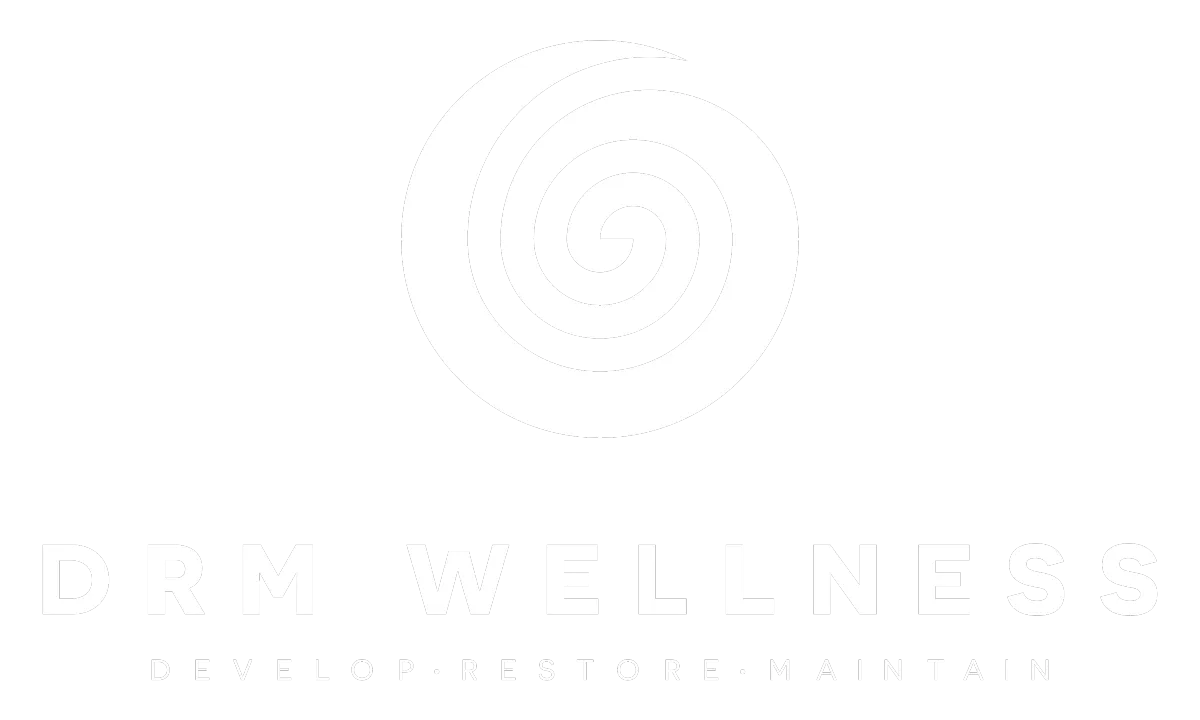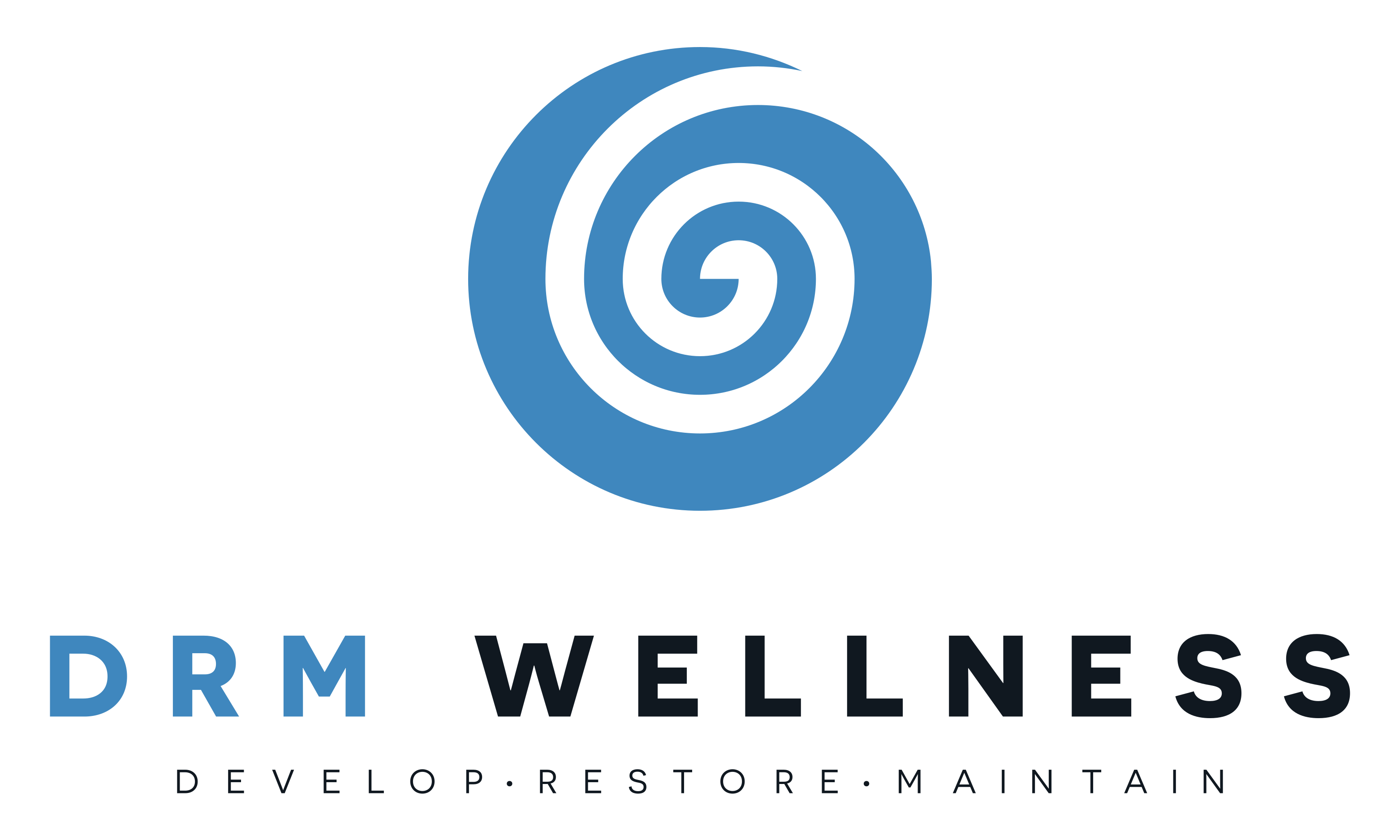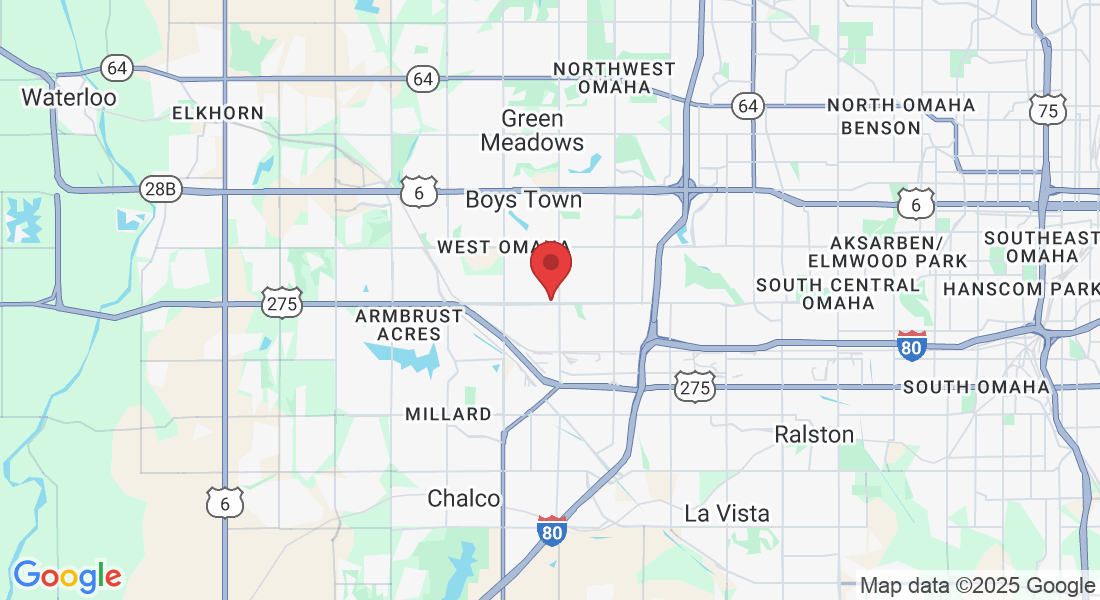Blogs
“When health meets heart, the conversation begins, and it starts here.
Knowledge that empowers. Stories that connect. Support that matters.”
~ DRM Wellness

From Obsession to Awareness: What the “Biggest Loser” Really Taught Us
Like a lot of people, I was hooked on The Biggest Loser when it first aired in 2004. I remember setting my TiVO, watching contestants weigh in, cheering as the numbers dropped, and believing their transformations were proof that “anyone can do it” if they just worked hard enough. It was dramatic. It was inspiring. It was addictive.
But here’s the truth: it was also unhealthy.
I watched the new Netflix documentary this weekend, and I was surprised but not surprised at what I saw. It digs into what was really happening behind the scenes, and it is eye-opening. Contestants were pushed through grueling workouts for hours while cameras rolled, all while eating shockingly little food. Rapid weight loss was the expectation, not the exception, and the pressure to perform was relentless.
When the cameras shut off, many of those “success stories” unraveled. Contestants regained the weight, and often more, because their bodies had been pushed to the brink. Some left with long-term injuries that changed how they could move for the rest of their lives. Others struggled with eating disorders and the psychological fallout of having their worth tied to a number on a scale broadcast to millions.
The emotional toll was just as damaging as the physical. Imagine being celebrated as an “inspiration” one week, only to be labeled a failure when the weight inevitably returned. For many, the shame and guilt lingered long after the lights, applause, and TV contracts faded away.
What struck me most was how familiar this cycle still feels, even outside of a reality show. We live in a culture that praises fast results, dramatic transformations, and the idea that suffering equals success. The show magnified that mindset, but it did not create it. It gave us a glossy, edited version of what so many people experience privately when they chase quick fixes.
For years, shows like this shaped how we thought about weight, fitness, and success. Losing huge amounts of weight quickly was celebrated as the ultimate achievement. We applauded contestants for dropping dozens of pounds in a week, even though we now know that pace is not only unrealistic but also unsafe. It created the illusion that extreme results should be the standard, and anything less was not worth celebrating.
Pushing through pain was glorified too. If someone collapsed on the treadmill or broke down in tears, it was portrayed as part of the heroic journey. Rest and recovery were ignored. The message was clear: if you are not suffering, you are not trying hard enough. That mindset carried over into countless gyms, fitness programs, and even personal goals, where people still equate punishment with progress.
And then there was the scale. I remember thinking I would rather die than stand in a sports bra in front of the world on a scale. Every week, contestants stepped up in front of the nation to be judged by a number, as though that single figure told the whole story of their health. Their worth, both to the show and to the audience, rose and fell depending on whether the digits dropped. It sent a powerful, damaging message: success is only measured in pounds lost.
For me, it wasn’t just The Biggest Loser. Long before reality TV got involved, we were already swimming in a culture obsessed with dieting and shrinking. Weight Watchers meetings were everywhere, and the point system became a kind of currency in households across America. People learned to calculate, negotiate, and trade their daily points as if food was something to be earned rather than something that fuels life.
At the same time, workout culture exploded. My mom had the Jane Fonda record album with her iconic “feel the burn” energy in a headband and leg warmers, and I had the Cindy Crawford workout on VHS that I’d rewind and play until the tape stretched thin. Entire generations grew up sweating to the Oldies with Richard Simmons in living rooms, chasing the promise that a leaner body was just a few lunges, a dance move, or calorie burns away.
The documentary revealed that contestants were reportedly burning up to 6,000 calories a day while consuming as little as 800. They were fueled not by nutrition but by caffeine pills and sheer willpower. And while the show made it look like extreme discipline, the reality was closer to self-destruction.
If you’re a Gen Xer like me, you probably remember Jessie Spano on Saved by the Bell spiraling into caffeine pill addiction in a “very special episode.” It was over-the-top Saturday morning drama, but rewatching this documentary made me realize how much truth there was in that parody. We laughed at it then, but entire industries were built on that same energy: go harder, sleep less, suppress your appetite, and you’ll finally be enough.
That message got under our skin. It shaped how we talked about food, how we judged ourselves in mirrors, and how we measured success. For decades, it wasn’t just about health. It was about control, restriction, and comparison. Many of us are still unlearning those lessons today.
Here is what I know now:
• Health is not a number on a scale. That number might tell you one piece of information, but it does not capture your strength, your energy, your mobility, or your quality of life. It certainly does not define your worth.
• Quick fixes rarely last. They may give you results in the short term, but without real changes to your lifestyle and habits, the results fade. What matters is what you can maintain over months and years, not just what you can achieve in a few weeks.
• Real fitness is about strength, independence, and quality of life. It is about being able to move confidently in your body, to keep up with your family, to enjoy your hobbies, and to live on your own terms. That looks different for everyone, and it has nothing to do with fitting into a single standard of appearance.
• You do not have to punish your body to take care of it. Pain and suffering are not the same as progress. Movement should build you up, not break you down. Taking care of your health can be challenging, but it should also be empowering and sustainable.
The picture-perfect image of health on the show was always the trainers. They were positioned as the ultimate role models, proof of what hard work and discipline could create. Jillian Michaels had the look I wanted. She was beautiful and had an amazing body. The abs, the intensity, the motivation, the drive. At the time, she seemed unstoppable. Interestingly, she declined to participate in the Netflix documentary, but her presence was still felt. She was called out both during the original show and again in the documentary for promoting the caffeine pill use, something that was brushed off as part of the “grind” back then but looks very different through today’s lens.
Trainer Bob Harper was the other face of fitness for millions of viewers. Yet years later, he suffered a massive heart attack. That moment was a sobering reminder that health is not as simple as a six-pack or a small waistline. Weight is only one piece of the puzzle. Genetics, family history, stress, and lifestyle factors all play a role in our overall health, and you cannot see those just by looking at a body.
The documentary is not easy to watch if you were once a fan. It forces you to rethink what we used to clap for and call “inspirational.” But maybe that is the point. Maybe it is a reminder that lasting wellness looks less like a reality show reveal and more like the small, sustainable steps you can live with day after day.
Today we see something similar happening with GLP-1 medications. They are incredibly helpful for many people and in some cases truly life-changing. They can lower blood sugar, reduce appetite, and help people lose significant amounts of weight when nothing else has worked. For some, these medications are the difference between managing chronic conditions and living with constant health struggles. That deserves to be recognized.
At the same time, they can feel like the new “magic quick fix,” much like the diets, programs, and shows of the past. It is easy to pin all of our hopes on a single solution. But here is the hard truth: if the medication is the only change, it will not be sustainable. The habits that support health…balanced eating, daily movement, managing stress, and building strength…those things all still matter. GLP-1s may make those habits easier to begin, but the work of maintaining them has to be done while you are on the medication.
Without those routines in place, many people will face the same outcome as past “quick fixes.” Once the medication is stopped, weight often comes back, and sometimes faster than expected. That is not a failure of the person, it is biology. Our bodies want to return to old patterns unless we’ve built new ones to carry us forward.
So yes, GLP-1s are a powerful tool. But they are just that, a tool. They are not the whole toolbox. The real success comes from combining them with sustainable changes that you can live with for the rest of your life.
I love a good before and after photo. I think we all do. I have mine that I refer to when I am struggling with food noise. Before-and-after photos have their place. They can be a powerful reminder of where we started and how far we have come. What they should not be is the end-all, be-all of success. True success is found in the middle: the daily choices, the mindset shifts, the strength gained, the independence preserved. Those are the milestones that often matter most, even if they never make it into a side-by-side photo.
We can celebrate progress while also redefining what it means to live well. And it starts with embracing wellness not as a finish line but as a lifelong journey.
At DRM Wellness, this is exactly where we come in. Our focus is not on punishing workouts or impossible diets but on helping you develop the habits, skills, and routines that support real health and independence. Whether you are navigating life changes, starting a fitness journey, or using tools like GLP-1s, we work with you to make sure the progress you see is progress you can keep.
If you are ready to move beyond quick fixes and start building lasting wellness, let’s talk. Call us at (402) 940-8181, email [email protected], or visit www.DRMwellness.org to see how we can help you create a plan that works for your life today and for the long run.
Take The Next Step with DRM Wellness
Testimonials

MEDICAL DISCLAIMER:
All information on this website is intended for instruction and informational purposes only. The authors are not responsible for any harm or injury that may result. Significant injury risk is possible if you do not follow due diligence and seek suitable professional advice about your injury.
No guarantees of specific results are expressly made or implied on this website.
Copyright © 2025 All Rights Reserved by DRM Wellness.



Facebook
Instagram
LinkedIn
Youtube
TikTok